Personalized marketing tactics that drive engagement and retention
Published on June 18, 2025/Last edited on June 18, 2025/11 min read
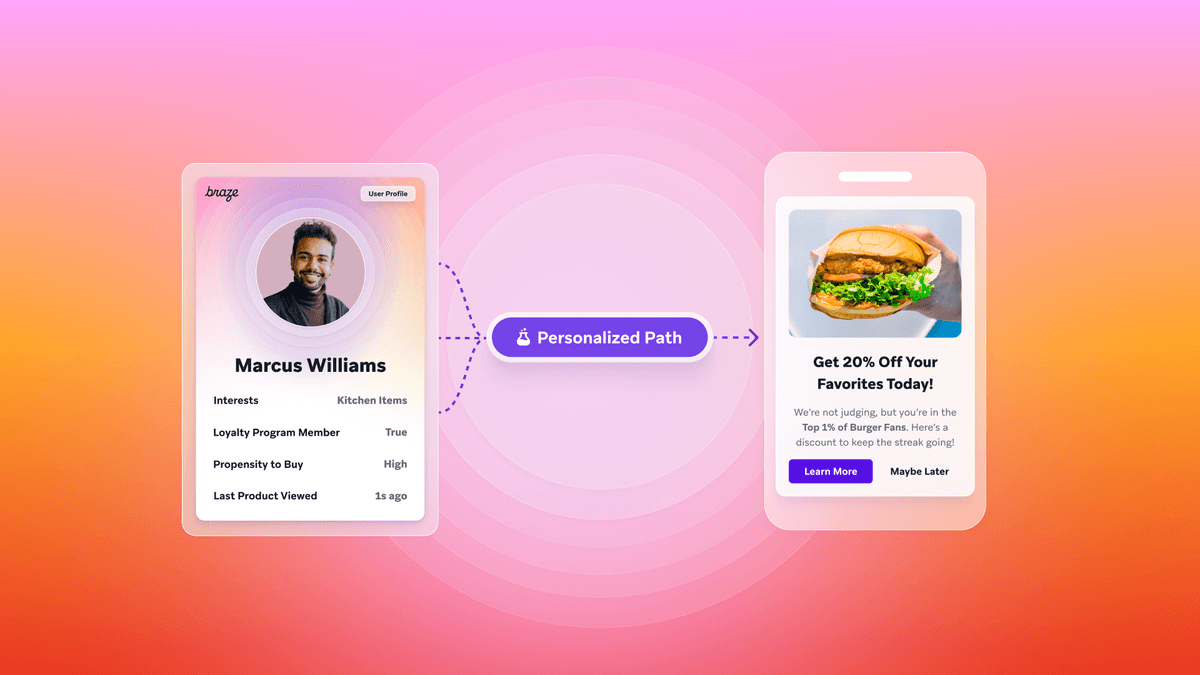
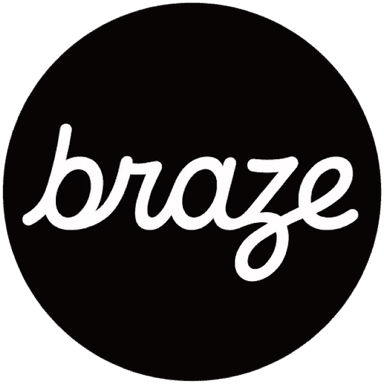
Team Braze
Personalized marketing meets people where they are, with content that feels relevant, timely, and built for them. As customer journeys become more complex across email, mobile, web, and in-app channels, the ability to deliver individualized experiences can help shape stronger relationships and drive better business results.
Personalization goes beyond broad segmentation. It draws on real-time insights, dynamic content, current customer preferences, and more to create experiences that adapt to each customer across their lifecycle. New tools and AI-powered technologies are making it possible to scale personalization without losing the human touch.
In this guide, we’ll break down what personalized marketing means in 2025, how it differs from segmentation, and how brands are driving deeper engagement across channels.
Contents
- What is personalized marketing?
- How personalization powers customer lifecycle marketing
- Personalization strategies across key channels
- Why personalization at scale matters
- Marketing personalization examples: How brands are winning with Braze
- How AI is shaping personalization in 2025
- Final thoughts
- Personalized marketing FAQs
What is personalized marketing?
Not long ago, personalization meant adding a first name to an email. Today, it’s about anticipating needs, predicting behavior, and staying relevant as things change.
Personalized marketing uses customer data, insights, and behavioral signals to tailor experiences to the individual. Instead of delivering the same message to a broad group, personalized marketing adapts content, timing, and channels based on a customer’s actions, preferences, location, and other attributes.
How personalization powers customer lifecycle marketing
Customer relationships develop over time, starting with the first touchpoint, and continuing through onboarding, engagement, loyalty, and advocacy. It’s important to personalize marketing at every stage of this journey, allowing you to deliver value, build a relationship, and adapt to customer needs as they evolve.
Early in the lifecycle, personalization helps capture attention with timely, relevant messaging based on behaviors like website visits or app installs. As customers move through onboarding, tailored content can guide them to their next best actions, using product usage data, preferences, or location to shape the experience.
Deeper into the relationship, personalization strengthens engagement and loyalty. Dynamic content, language-based targeting, and predictive personalization allow brands to adapt communications in real time. Instead of relying on static journeys, marketers can create flows that respond to each customer as they change.
Personalization also helps reengage lapsed customers, using behavioral signals to deliver messages that feel timely and relevant rather than generic. By fitting marketing into the customer’s real-world context, brands can build trust and entice people back through deepened loyalty.
Personalization in digital marketing across key channels
Personalization looks different depending on the channel. The strongest marketing strategies understand that customers need a cross-channel, cohesive approach, so that their journey never feels disjointed. This means brands meet customers where they are. They adapt content, timing, and delivery based on behavior, context, and preferences across email, mobile, web, and in-app experiences.
Personalization strategies in email marketing
Email remains one of the most effective channels for personalized marketing. Dynamic content blocks allow brands to adjust offers, messaging, or imagery based on individual customer data, while send-time optimization helps reach people when they’re most likely to engage.
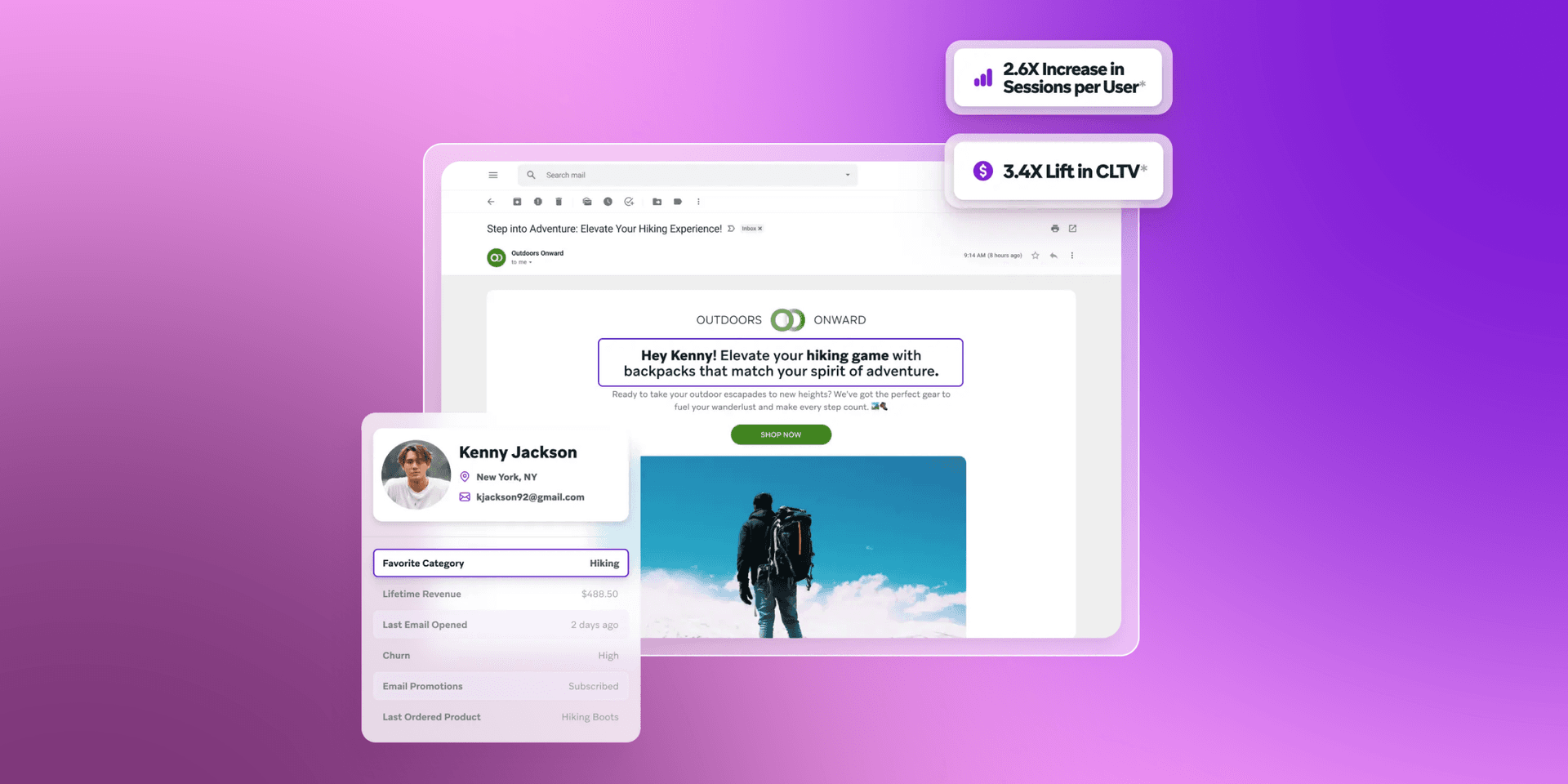
Personalization strategies in email marketing can also extend to subject lines, recommended products, and triggered messages based on specific behaviors. Whether it’s a personalized onboarding series or a reengagement campaign, thoughtful email personalization helps brands stay relevant and build trust over time.
Personalization strategies in mobile marketing
Mobile offers powerful opportunities for real-time, personalized experiences. Channels like push notifications can adapt based on a customer’s location, app usage, or recent behaviors, helping brands deliver value in the moments that matter most.
Mobile personalization often hinges on immediacy and context. A last-minute reminder about an expiring offer, a reward for completing an in-app action, or a personalized recommendation based on browsing history can all drive stronger engagement and loyalty. For example, if the purpose of a push notification is to encourage a user to open your music app, entice them with a reminder about music they’ve enjoyed in the past.
Personalization strategies for web marketing
Personalized web experiences can adapt based on visit history, purchase behavior, real-time location data, and even language preference. With tools like Connected Content, brands can bring in external data, like local weather or real-time conditions, to make messages feel even more timely and personal. You don’t have to create separate campaigns for different locations either, which would cause a lot of extra manual work.
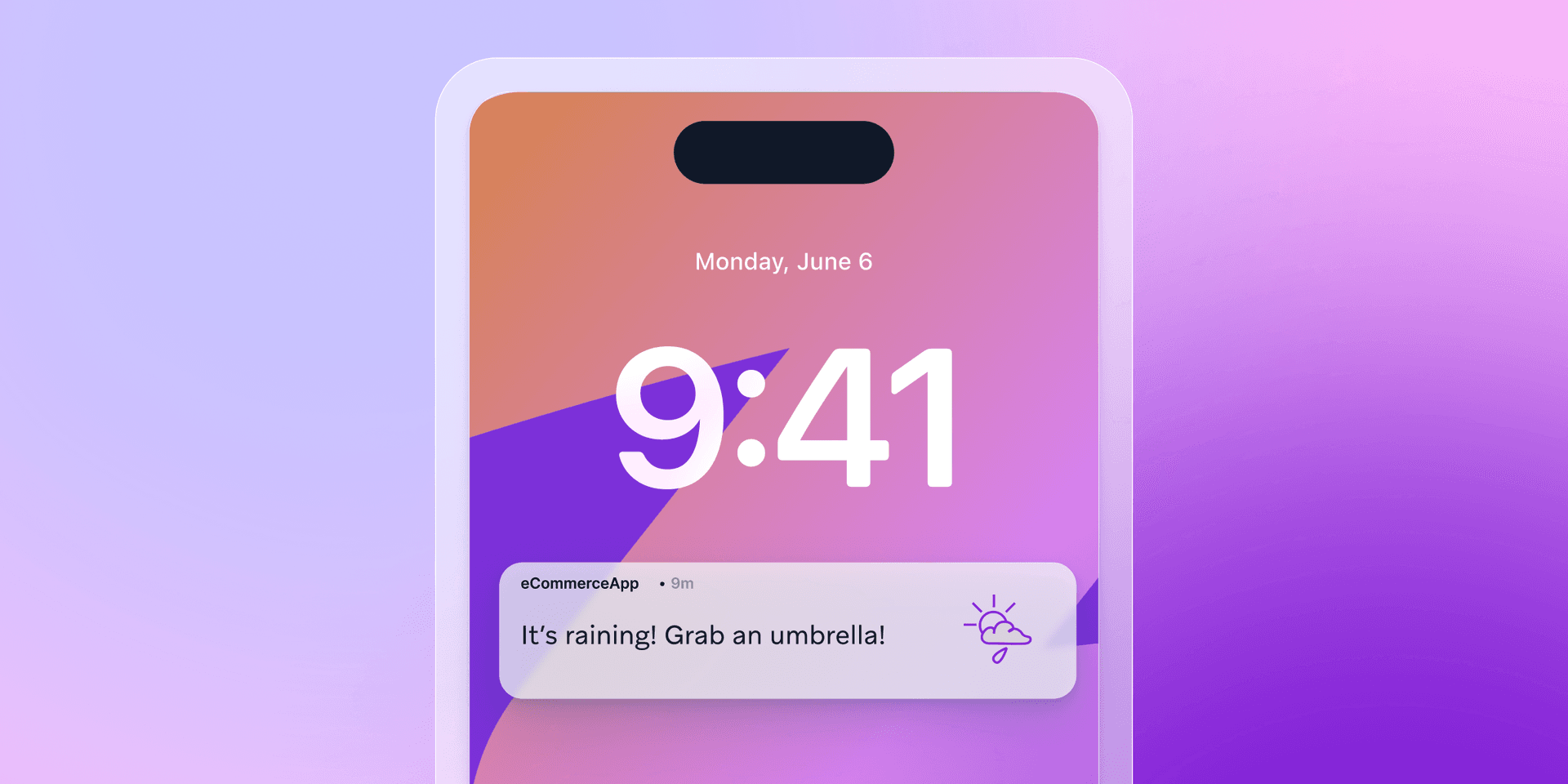
Personalization strategies for in-app messaging
In-app messaging allows brands to personalize customer experiences directly within their own mobile or web apps. These messages can guide users through onboarding, surface new features based on user behavior, or recommend next steps based on real-time interactions.
Personalization in marketing automation for in-app channels often includes dynamic content and behavioral triggers, making it possible to adjust messaging in the moment without disrupting the user experience.
Why personalization at scale matters
When personalization is limited to one channel or one moment in the journey, its impact stays small. But when it’s connected across email, mobile, web, and in-app messaging, and built to adapt in real time, it creates a consistent, relevant experience that travels with the customer. A 2024 personalization study by Deloitte Digital found that brands classed as personalization leaders were 48% more likely to exceed their annual revenue goals and 71% more likely to see stronger customer loyalty.
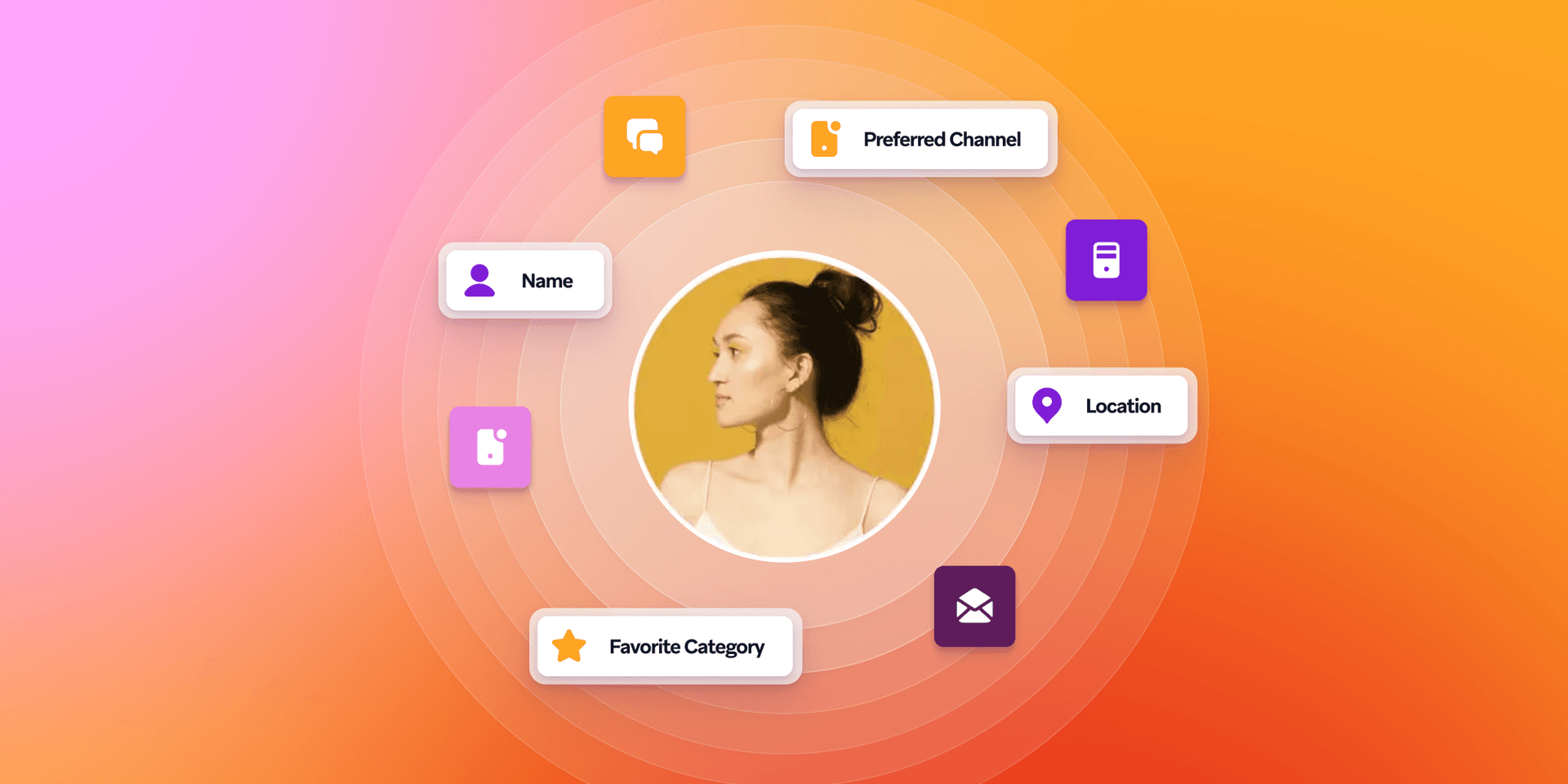
This kind of personalization at scale not only helps brands to improve revenue and have higher retention rates, it does so on a bigger stage. It enables business growth by keeping communications aligned with each customer’s context, and their expectations, no matter how or where they choose to engage.
Download this guide to explore why personalization is so impactful, the different types of personalization, and the tools that brands can use to bring it to life consistently.
Marketing personalization examples: How brands are winning with Braze
Real-world results show the impact of personalized marketing when it’s done right. Here’s how leading brands are using Braze to drive stronger engagement, loyalty, and growth.
Sephora SEA sparks Lunar New Year engagement with 132% purchase lift
Sephora SEA is the Southeast Asia division of global beauty retailer Sephora, known for its bold campaigns and mobile-first customer experiences.
The challenge
Sephora SEA operates in a fast-moving, highly competitive beauty market. To stand out and drive meaningful customer engagement in Malaysia, the brand needed a localized, high-impact campaign that would cut through the noise, especially during a busy holiday period.
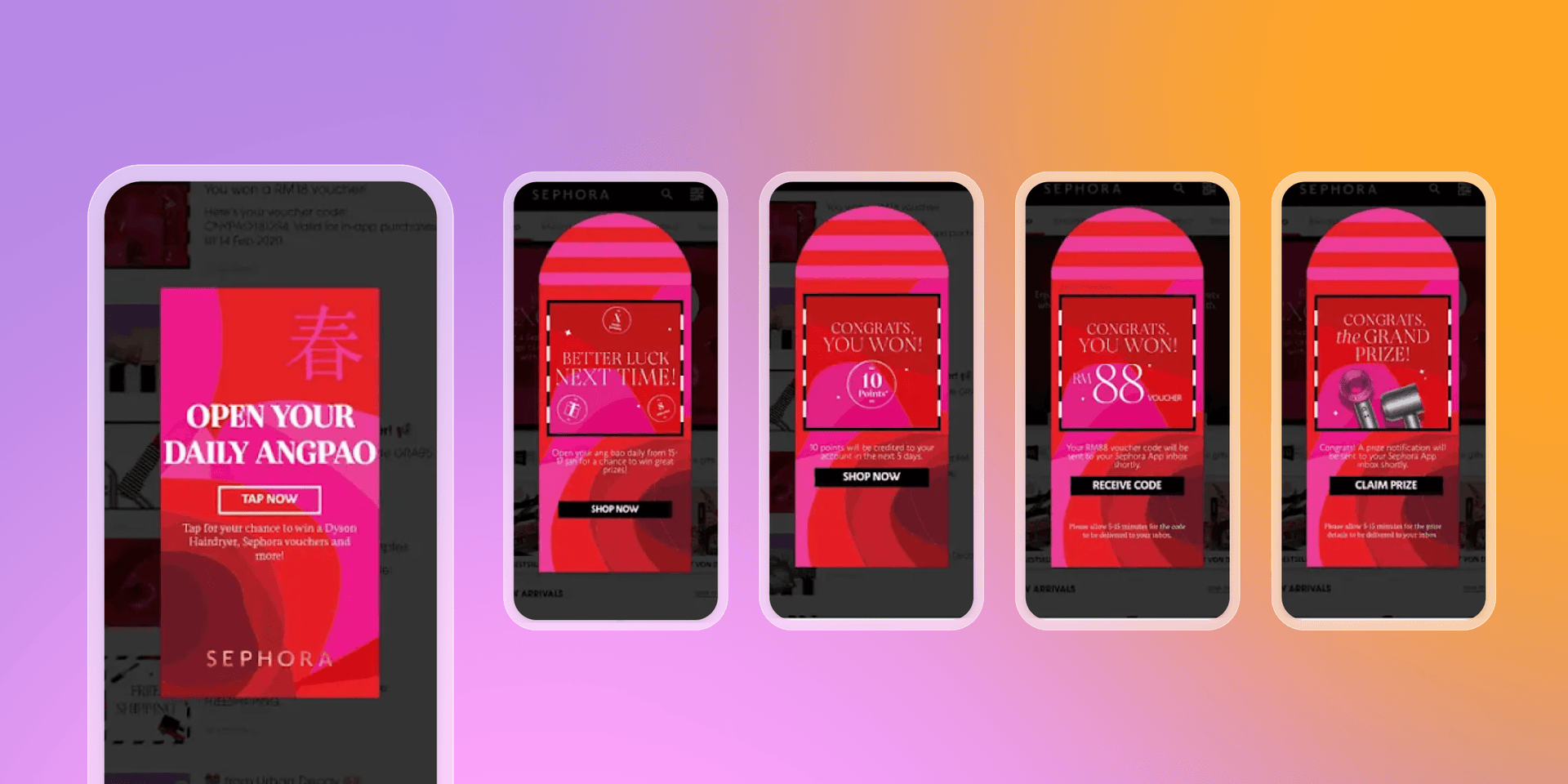
The strategy
Using Braze, Sephora SEA built an “Ang Pao” campaign tailored to the Lunar New Year. The cross-channel campaign use targeted mobile push notifications and in-app messages to create a festive, interactive experience that encouraged customer participation and purchases.
Key features used included:
- Segmentation to target specific audience cohorts
- In-app messaging for seamless, on-brand campaign delivery
- Push notifications triggered by behavior and timing
- Connected Content to dynamically personalize message content
The wins
The campaign led to a 132% increase in purchases among participating customers. By combining cultural relevance with smart cross-channel delivery, Sephora SEA was able to drive significant revenue and deepen customer relationships during a key seasonal moment.
Bloom & Wild trims 85% off email build time with scalable personalization
Bloom & Wild is a UK-based flower delivery brand known for thoughtful gifting, design-led campaigns, and a strong customer focus across Europe.
The challenge
Email was a core channel for reaching Bloom & Wild’s customers, but as the brand expanded across five markets, scaling personalized messaging became increasingly complex. Their early campaigns were built using stacked image files, which made emails hard to edit, impossible to localize efficiently, and inconsistent across devices. Every market variation required a unique build, limiting speed and flexibility.
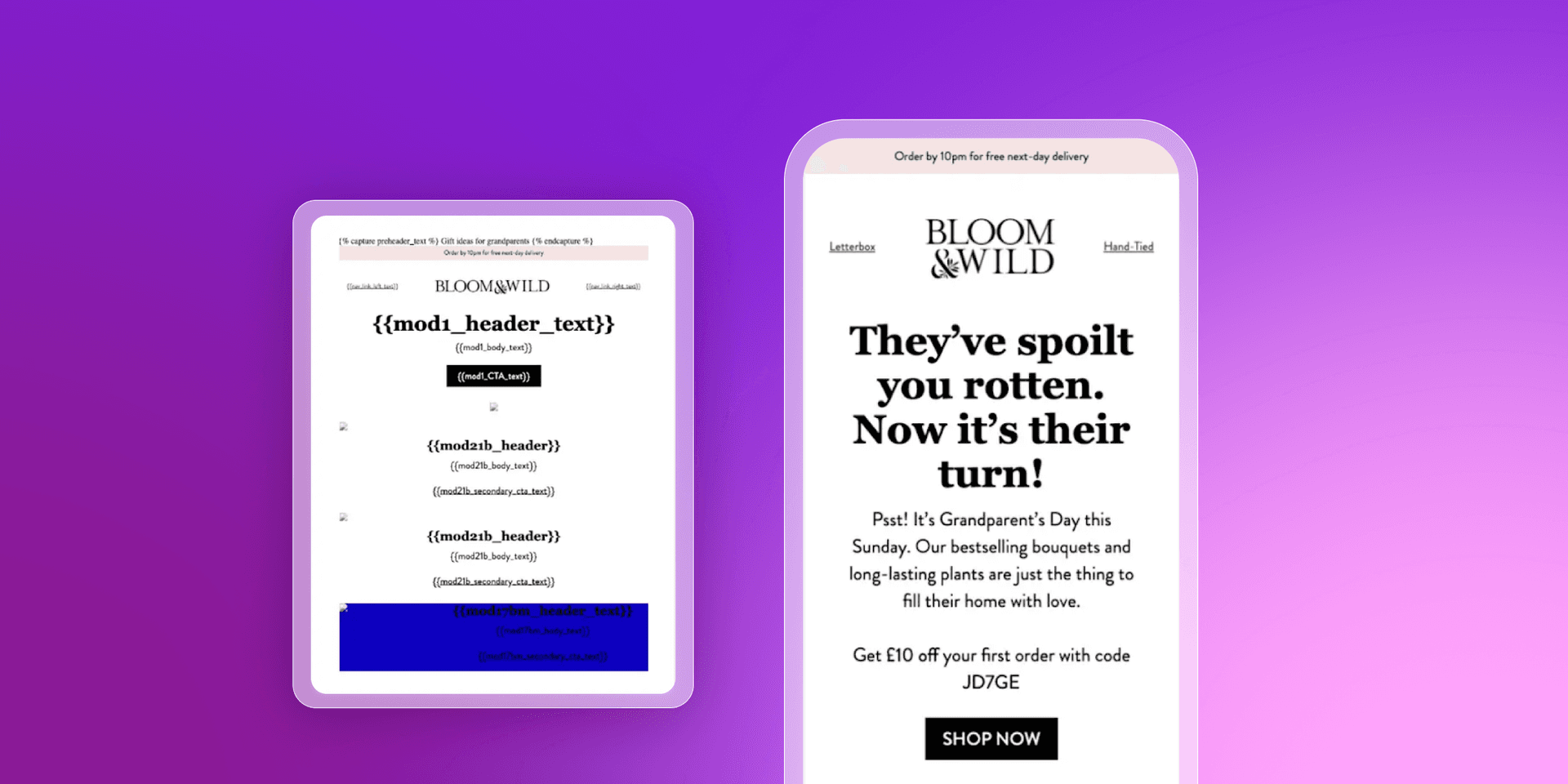
The strategy
To simplify and scale personalization, Bloom & Wild turned to Braze Content Blocks. Their development team created a flexible set of email modules with editable placeholders for copy, images, and links. Using a centralized paste bin sheet, the CRM team could quickly adjust and swap out elements for different languages, devices, and campaigns, without needing to hard-code or rebuild layouts from scratch.
This new system made it possible to deliver highly customized emails across multiple regions and platforms, while maintaining consistent branding, and reducing production time.
Key features used included:
- Content Blocks for reusable, modular email templates
- Dynamic variables to personalize content across regions and devices
- Simplified build process enabling even non-technical team members to contribute
The wins
By shifting to Content Blocks, Bloom & Wild cut email build time by an estimated 85%, freeing up team resources while increasing message quality, and responsiveness. The team could now deliver personalized email campaigns at scale, improve customer experience, and support their retention strategy more effectively.
Luxury Escapes drives 142% of its membership goal with dynamic personalization
Luxury Escapes is a premier Australia-based travel brand offering curated getaways and VIP experiences to more than eight million global members. Their mission? To make luxury travel more accessible, rewarding, and seamless at every step of the journey.
The challenge
To support the launch of its new LuxPlus+ rewards program, Luxury Escapes needed to engage both existing and prospective members with tailored messaging that reflected eligibility, market availability, and membership status. But with 27 different markets and a wide range of customer variables, the brand faced a complex challenge: How to deliver dynamic, personalized offers without building dozens of one-off campaigns.
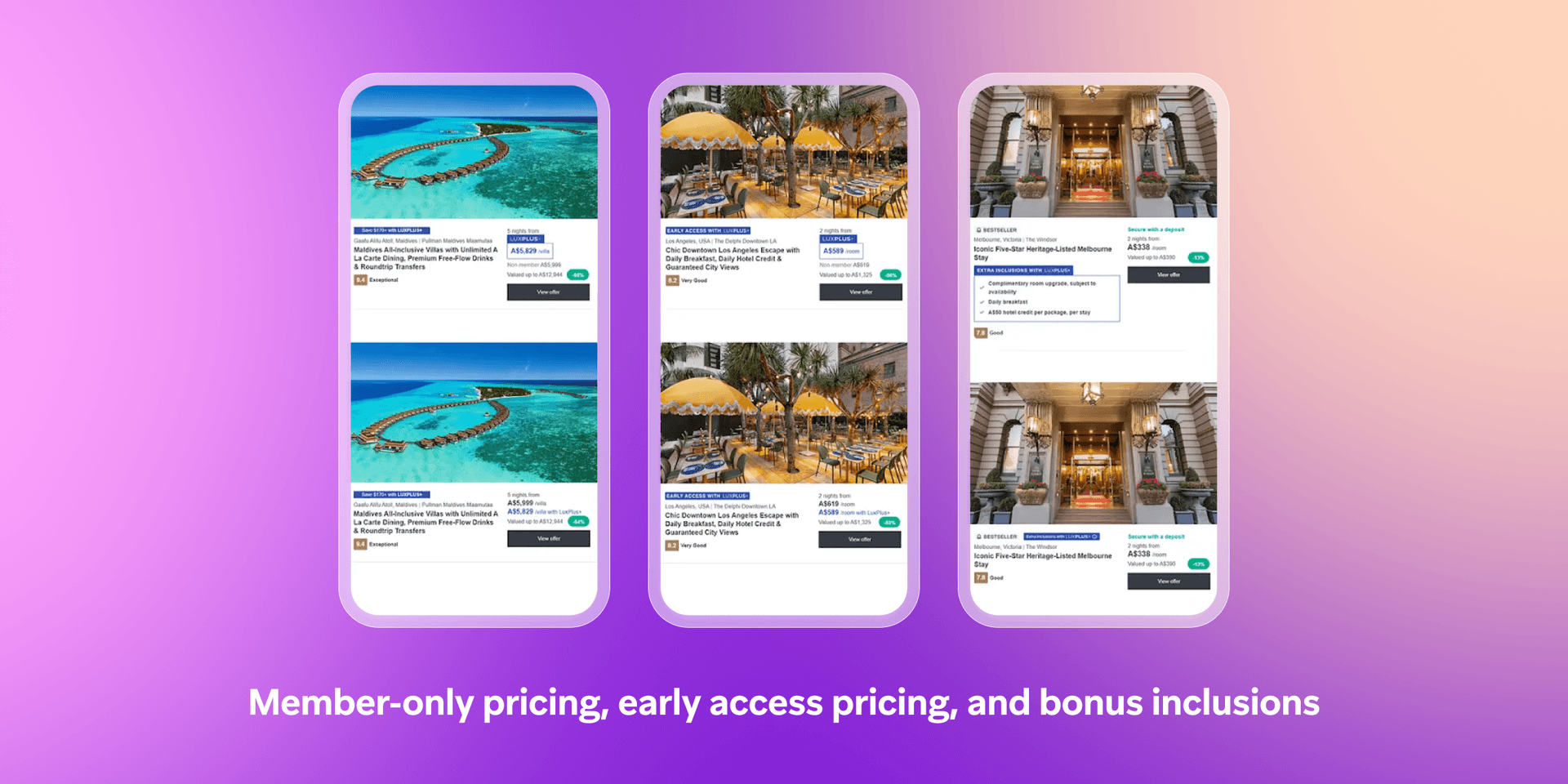
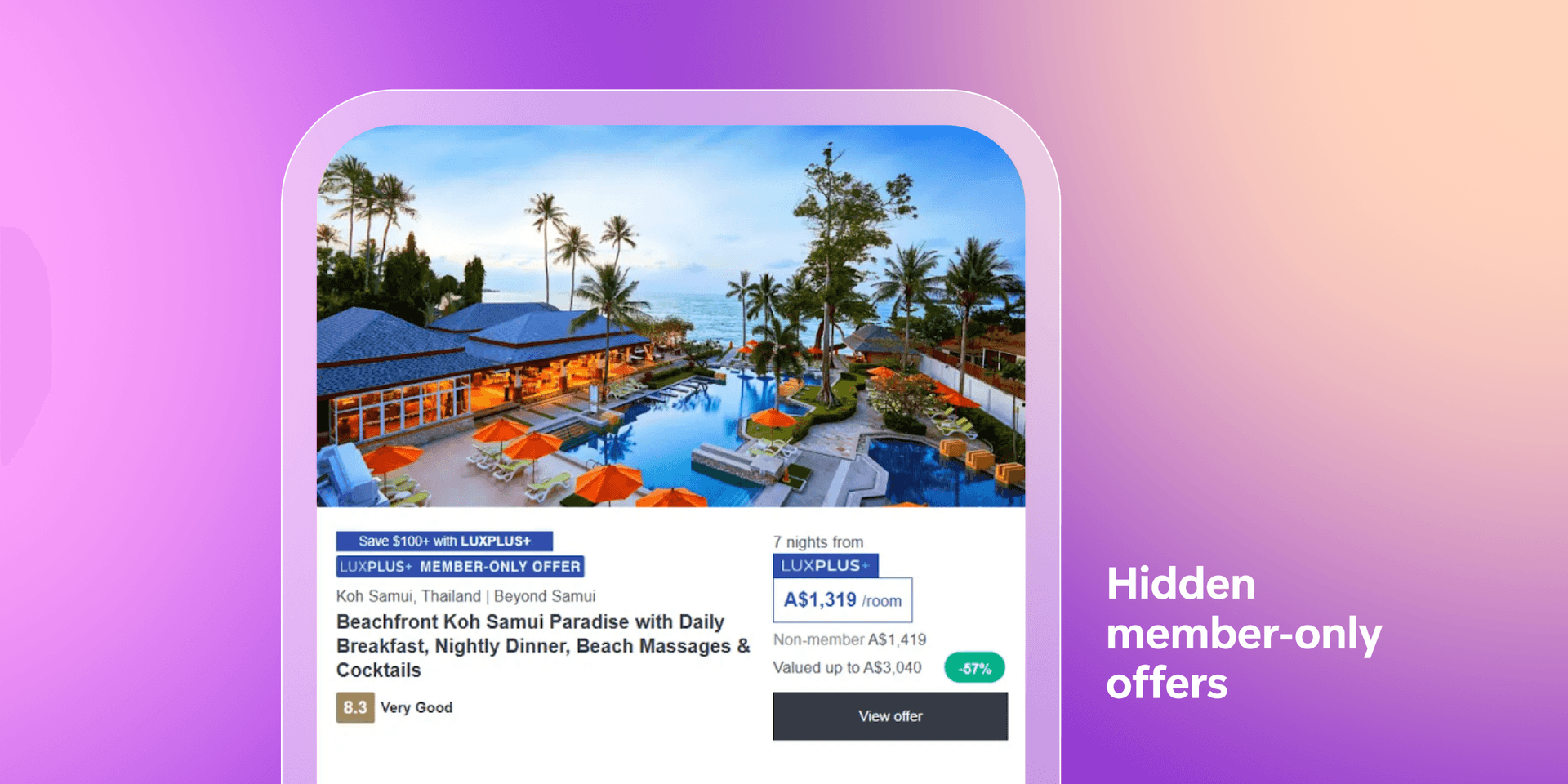
The strategy
Luxury Escapes turned to Braze to bring personalization and efficiency together. Using Braze Catalogs, the team could manage market availability with a single update, triggering personalized changes across all campaigns automatically. With Content Blocks and Advanced Liquid Logic, emails dynamically adjusted based on a customer’s membership tier, location, and eligibility.
Each message component, including LuxPlus+ banners and offer blocks, was built with multiple design states. These adapted in real time to reflect benefits like early access, member-only pricing, and exclusive inclusions, creating a sense of exclusivity for members while encouraging non-members to join. The team also used Experiment Paths in Braze Canvas to test variants and optimize email performance throughout the campaign.
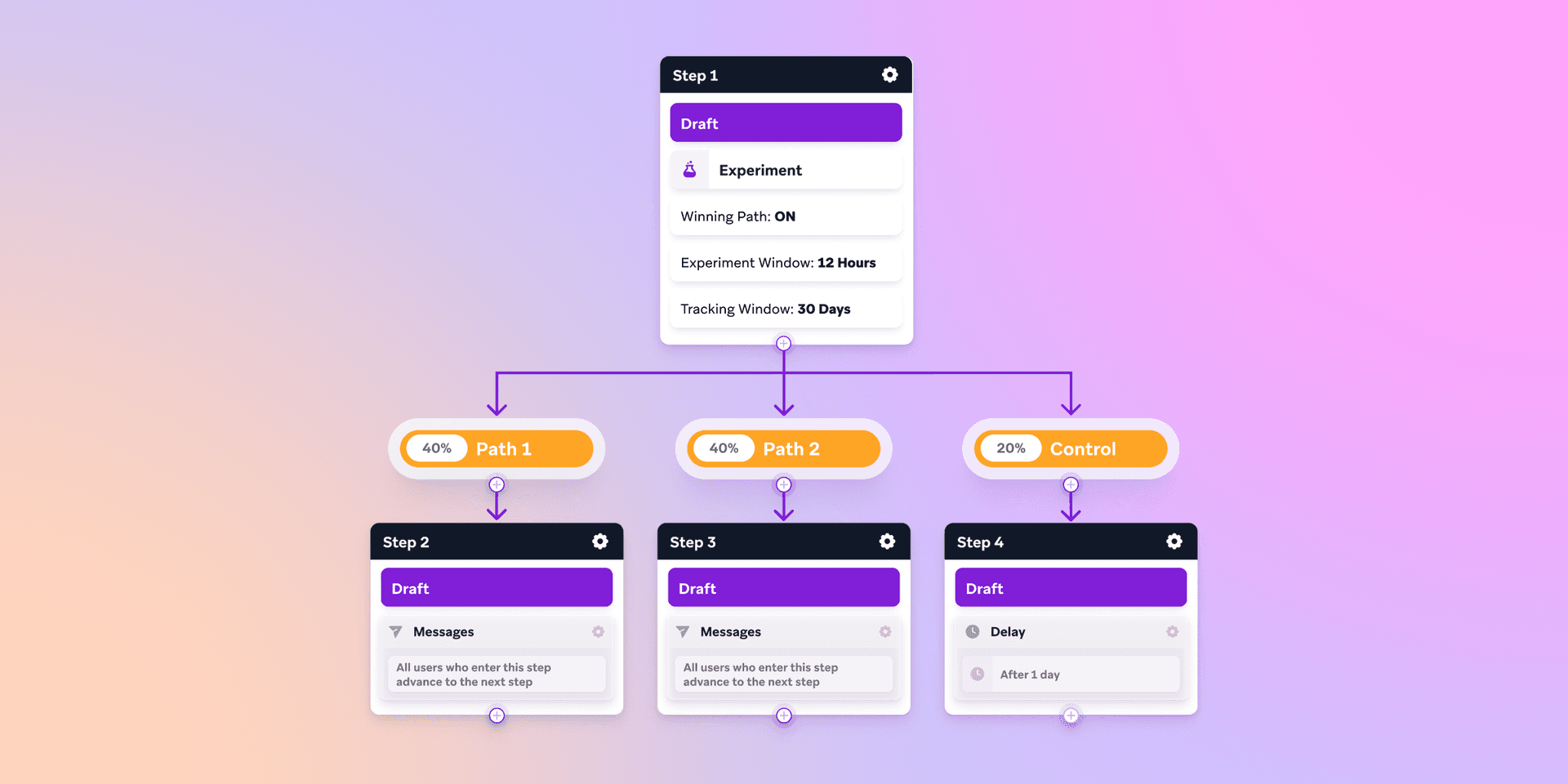
Key features used included:
- Braze Catalogs to control regional content availability
- Content Blocks for reusable, dynamic email components
- Advanced Liquid Logic to show or hide content based on user data
- Experiment Paths to optimize campaign performance across segments
The wins
The launch campaign exceeded expectations across the board. In just the first two weeks, the team hit 142% of their LuxPlus+ membership signup goal. The program’s launch email doubled clickthrough rates compared to past full-database sends, and newsletter CTRs rose by 10%. A/B testing with Braze also helped increase open rates by 1.5%.
By combining modular design, flexible content management, and real-time personalization, Luxury Escapes delivered a premium, relevant experience to every subscriber, without sacrificing scale or speed.
How AI is shaping personalization in 2025
AI is expanding what’s possible in personalized marketing. Brands can now use predictive tools to anticipate customer behaviors, and automate next-best actions, helping create smarter, faster journeys without losing personalization quality.
AI-assisted personalization also enables better dynamic content creation, real-time message optimization, and deeper audience insights. Instead of relying on historical data alone, marketers can deliver experiences that adapt to the customer’s current needs and context, boosting both engagement and long-term loyalty.
Why personalized marketing wins in 2025
If you want to create meaningful connections that grow stronger over time, personalized marketing tactics should be part of your marketing strategy. Whether through dynamic content, predictive journeys, or real-time adaptations across channels, personalization helps brands build trust, drive loyalty, and deliver value at every stage of the customer journey.
You should always make the value of personalization clear, and be upfront about how customer data is collected and used, but by combining strategy, creativity, and the right technology, brands can move beyond basic segmentation to create experiences that feel genuinely tailored and human, at scale.
Personalized marketing FAQs
What is personalized marketing?
Personalized marketing uses customer data and insights to tailor messages, content, and experiences to individual customers, adapting across channels and behaviors.
How does personalization improve campaign performance?
Personalization boosts campaign performance by increasing relevance, driving engagement, strengthening loyalty, and delivering better business outcomes across the customer lifecycle.
What are the best personalization tactics in 2025?
Top tactics include dynamic content personalization, predictive journey paths, language-based targeting, AI-driven recommendations, and cross-channel messaging strategies.
What tools are used for personalized marketing?
Platforms like Braze, dynamic content engines, AI-powered journey tools, customer data platforms, and marketing automation software support personalized marketing at scale.
How can I personalize content without violating privacy standards?
Use first-party data with customer consent, follow GDPR and other privacy regulations, be transparent about data usage, and design personalized experiences that respect customer choices.
Related Tags
Be Absolutely Engaging.™
Sign up for regular updates from Braze.
Related Content
View the Blog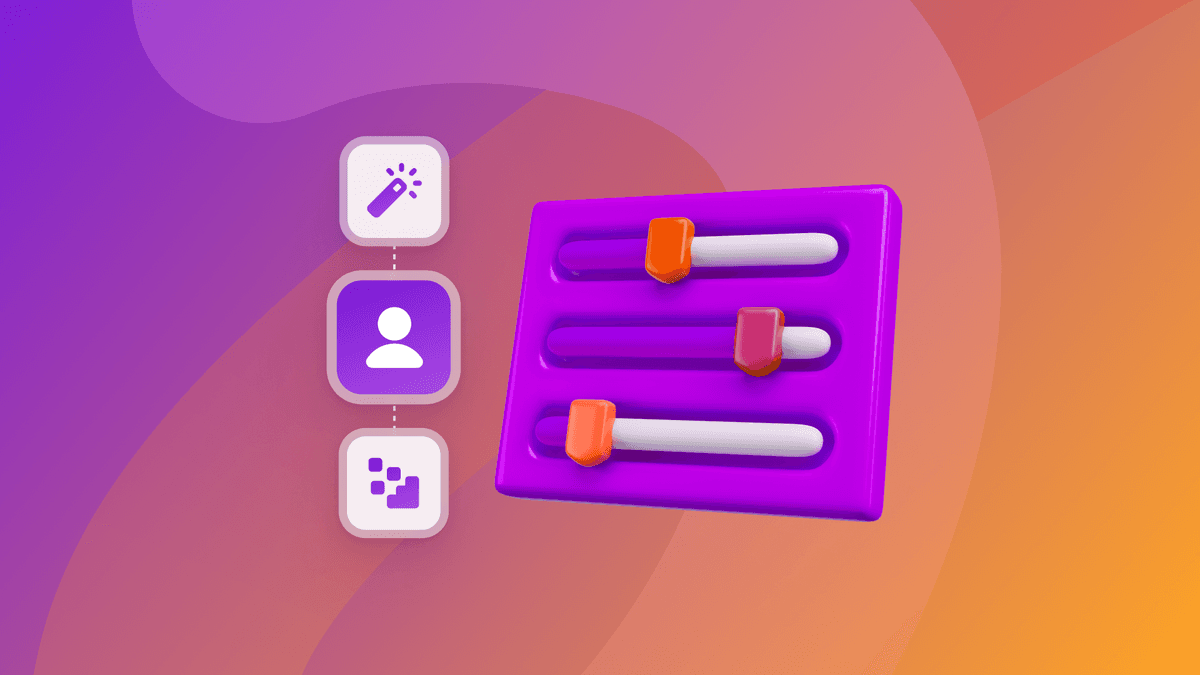
How behavioral marketing turns data into personalized experiences

Team Braze
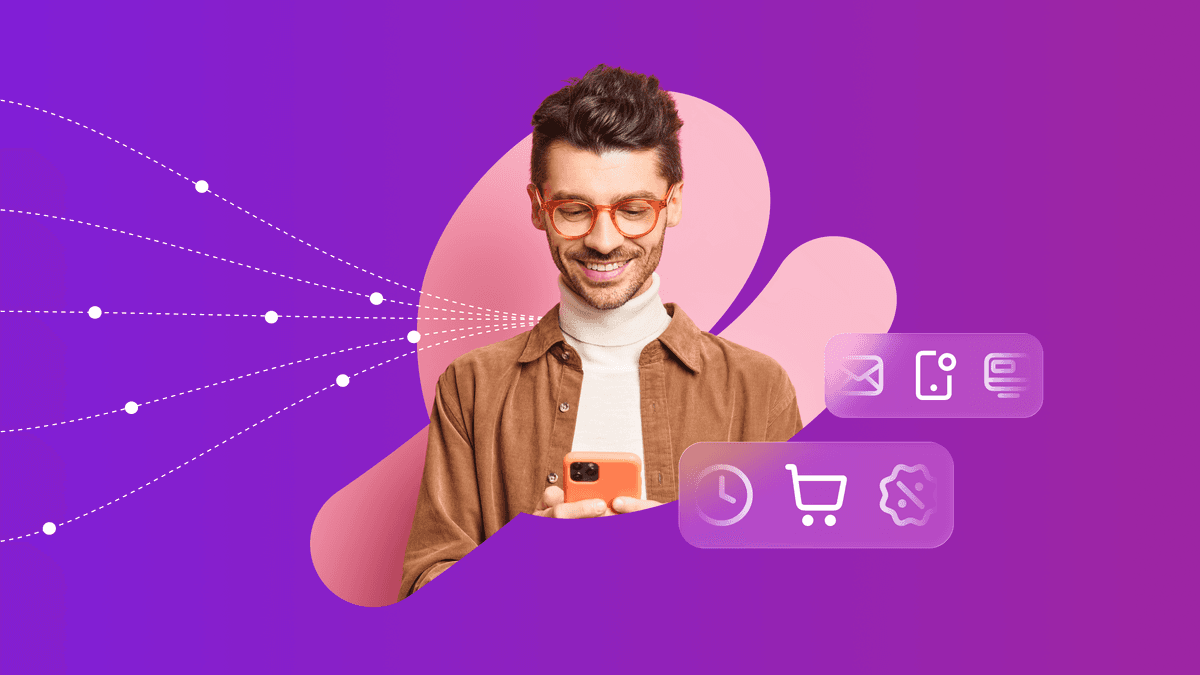
Experience optimization: Turning data insights into better journeys

Team Braze
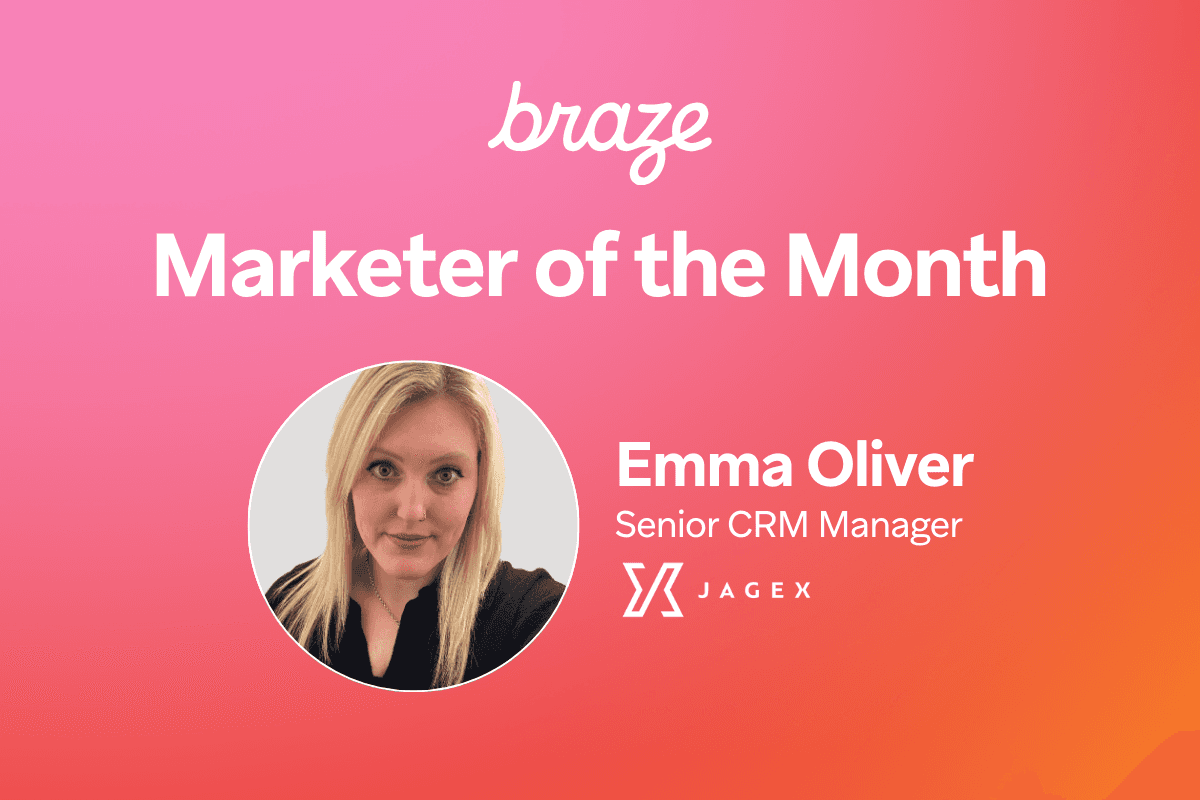
December 2025 Bonfire Marketer of the Month: Jagex’s Emma Oliver
